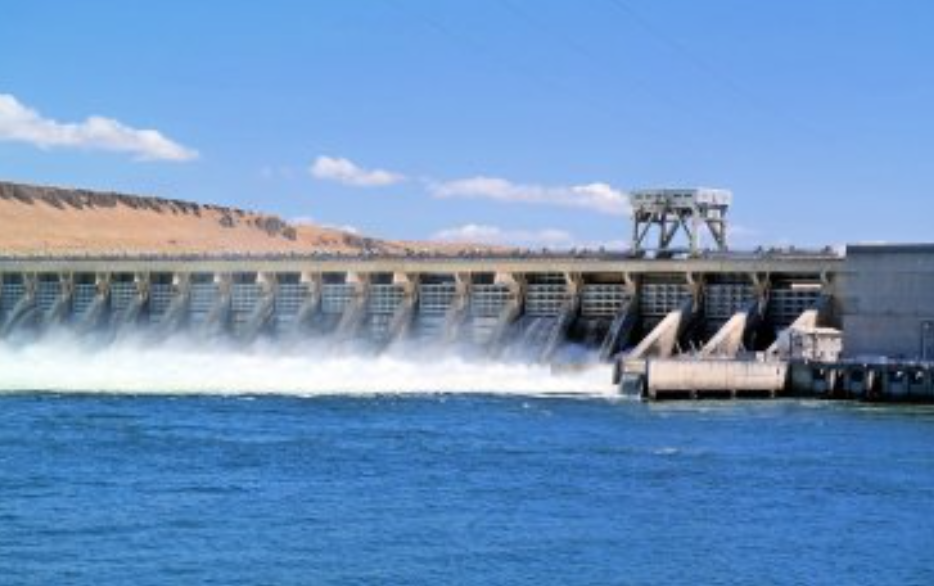2023 Was Second Warmest On Record In The Country Since 1901, Says IMD

IMD predicts ‘dense to very dense fog and cold day to severe cold day conditions at a few places’ for Haryana, Chandigarh and Delhi
The India Meteorological Department (IMD) has issued a warning about possible cold wave conditions in central portions of the country for January, after northern India battled its warmest December in the previous six years. The prediction said that there was a good chance of thick fog enveloping parts of northwest and east India through 4 January.
In January, February and March of 2023, IMD Director General Mrutyunjay Mohapatra predicted normal rainfall. He also revealed that 2023 was the second warmest year since 1901, with an annual mean air temperature that was 0.65 degrees Celsius above normal. During this time, 2016 was the hottest year on record, with an average air temperature in the nation 0.710 degrees Celsius higher than usual. Most of the country is expected to have warmer mornings according to Mohapatra, with cooler days predicted in the northwest and central regions.
A maximum temperature of 4.5 degrees below normal is considered a “cold day” or “severe cold day” according to the IMD, whilst a minimum temperature of 4.5 degrees below normal is considered a “cold wave” or “severe cold wave.” Delhi did not have any “cold days” or “severe cold days” this year, according to the Indian Express. The average maximum temperature for December was 24.1 degrees Celsius, which was 1.8 degrees higher than the average for the month.
On 1 January, Delhi issued a yellow signal signifying a cold day even though there was no cold wave warning. But the weather for the days after January 5 is predicted to be “mainly clear sky and shallow fog in the morning.” Nevertheless, for Delhi, Haryana and Chandigarh, the IMD predicts “dense to very dense fog and cold day to severe cold day conditions at a few places”.
In retrospect, May 2023 was an atypically “coolest May” for Delhi, with an average high temperature of 36.8 degrees Celsius—the lowest since 1987. This may be related to the decreased snowfall and rainfall that occurred in different sections of the nation in December. The weather office reported that the actual rainfall for the month was 100.0 per cent less than the long-term average. Weak western disturbances that did not produce significant snowfall to the western Himalayan region were the IMD’s explanation for the milder May temperatures. According to media reports IMD spokesman Kuldeep Srivastava claims that because there wasn’t much snow in December, melting was simple and didn’t bring Delhi’s typical cold breeze in.



























































































































































































































































































































































































































































































































































































































































































































































































































































































































































































































































































